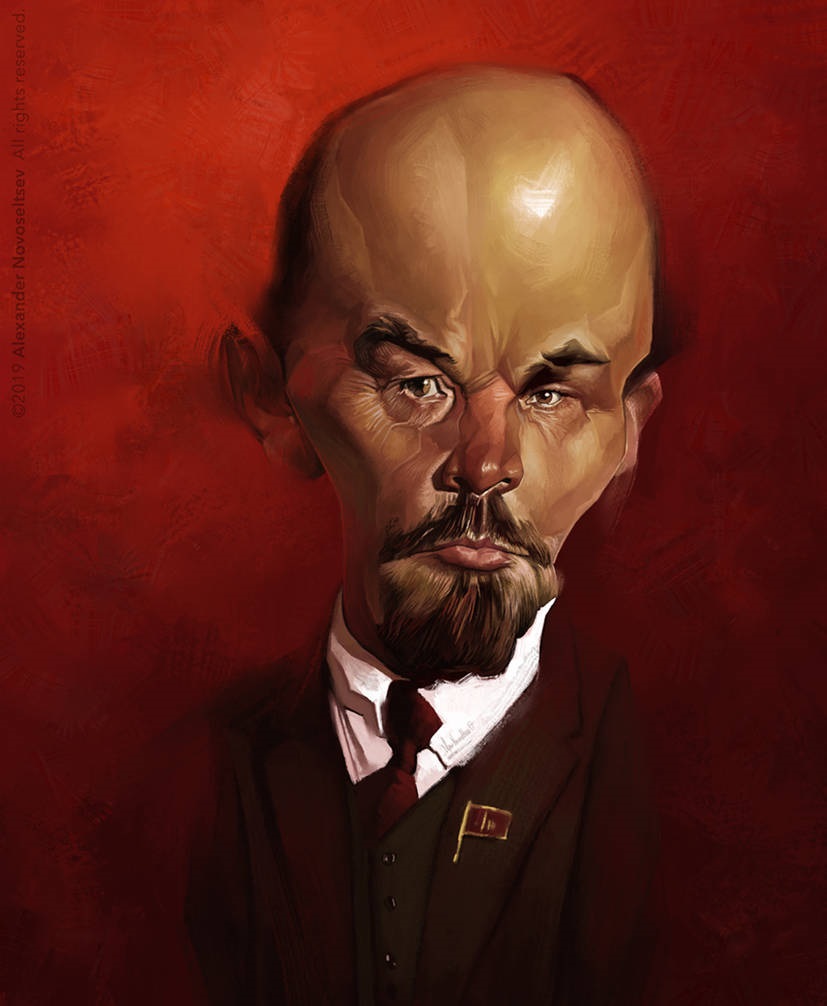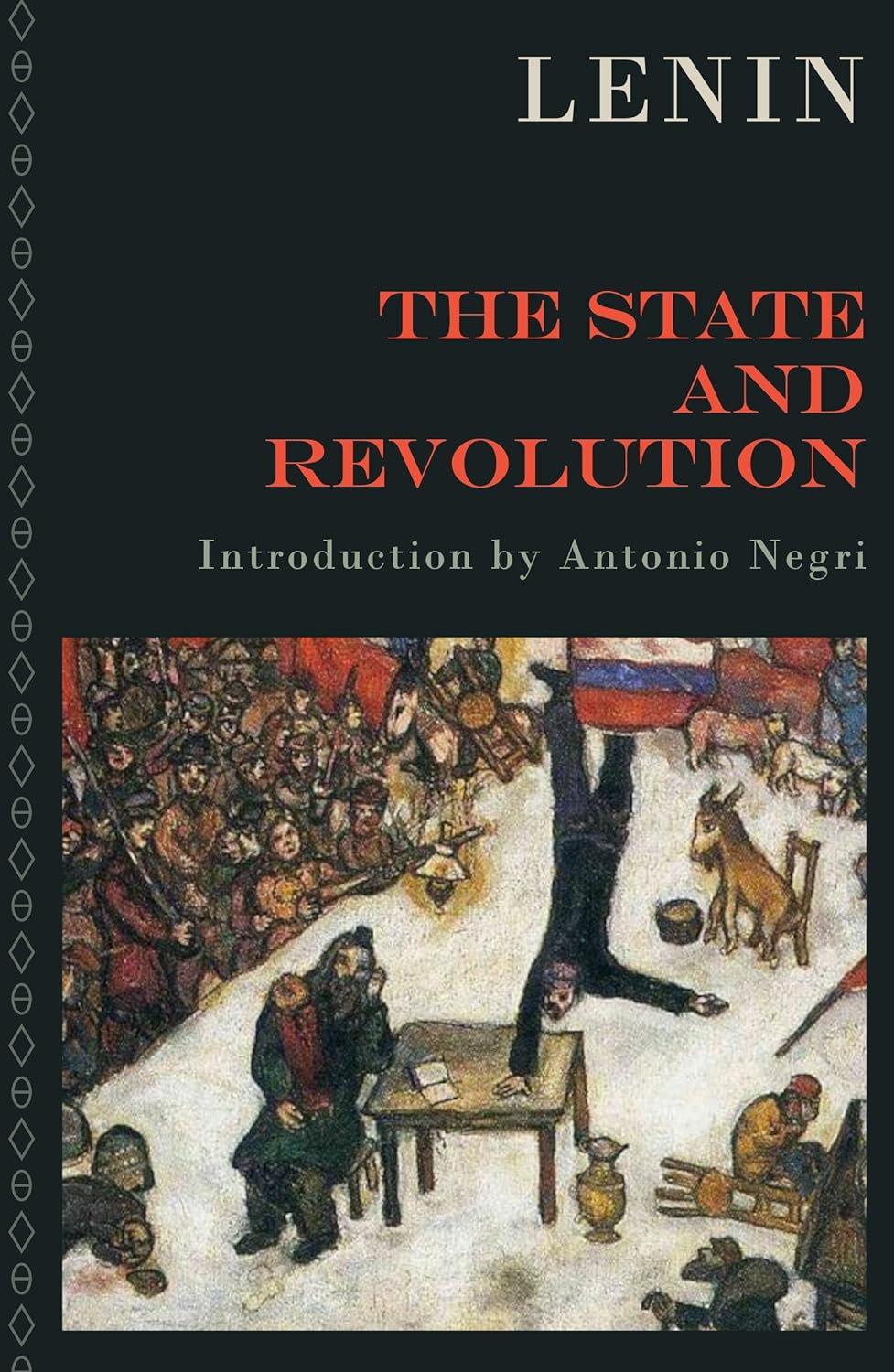“The State and revolution” was written by Lenin in 1917, after events in February had overthrown the Tsar but before October when Bolsheviks took power.

Sean Sheehan
It was an intensely political interregnum and dangerous too: Lenin had become a wanted man, with a reward of 200,000 roubles for his arrest, and fled to Finland.
It would be the last period of productive rest in his life. The pace of events in Russia was intoxicating: peasants were forming committees and reorganizing the land; soldiers were deserting the army, no longer prepared to fight for their country in World War I; the political atmosphere was volatile.
The liberatory force of “State and revolution” reflects revolutionary confidence and the conviction that a new form of communal politics was possible. Lenin had began making notes for “The State and revolution” a year earlier and by July 1917 he asked a trusted colleague to publish them if he should be killed. Now in Finland, he had the time to continue his theoretical work and his conclusions are explosive, rewriting the grammar of politics as understood in the liberal tradition. Any state, he observes, is an ‘organization of force’ and a ‘dictatorship of the proletariat’ will at first be no different in this respect. It will, however, eventually ‘wither away’ because its repressive features – an army,police and bureaucracy – will be governed by everyone, in the spirit of the Paris Commune of 1871.
 A minority of exploiters, he acknowledges, will have to be suppressed but what he never imagined was a people repressing its equals.
A minority of exploiters, he acknowledges, will have to be suppressed but what he never imagined was a people repressing its equals.
His inspirational vision was one of working people emancipating themselves and he thought the ladder of the state could be ascended to a desired position and then kicked away: “We do not at all disagree with the anarchists on the question of the abolition of the state as an aim.”
He does not prioritize the need for a vanguard party and saw the potential for something very different. In February 1917, the Bolshevik party hasless than 25,000 members but by August this had catapulted to 200,000.
It is a utopian aspiration that divides Leninism from Stalinism. In the few years Lenin had left after the Bolshevik Revolution – he dies in 1924 – the civil war and economic imperatives prevented any hope of implementing what he envisaged.
He insisted, though, that internationalism was not about centralism and the imposition of a new kind of imperialism. Antonio Negri in his introduction to a new edition of “The State and revolution” celebrates its championing of a political concept that “continuously approximates to the idea of the withering away of the state, in whose stead will be laid the foundations for a rich production of institutions of the commons”.
 He does not remind readers that the thorn in the rose, was revealed at Kronstadt.
He does not remind readers that the thorn in the rose, was revealed at Kronstadt.
Lenin’s “The State and revolution” is published by Verso; fourteen essays by Lenin written in the last years of his life are also published by Verso: “Lenin: the days after the revolution”, edited by Slavoj Źiźek.
(Photos: Pixabay)












.jpg)












